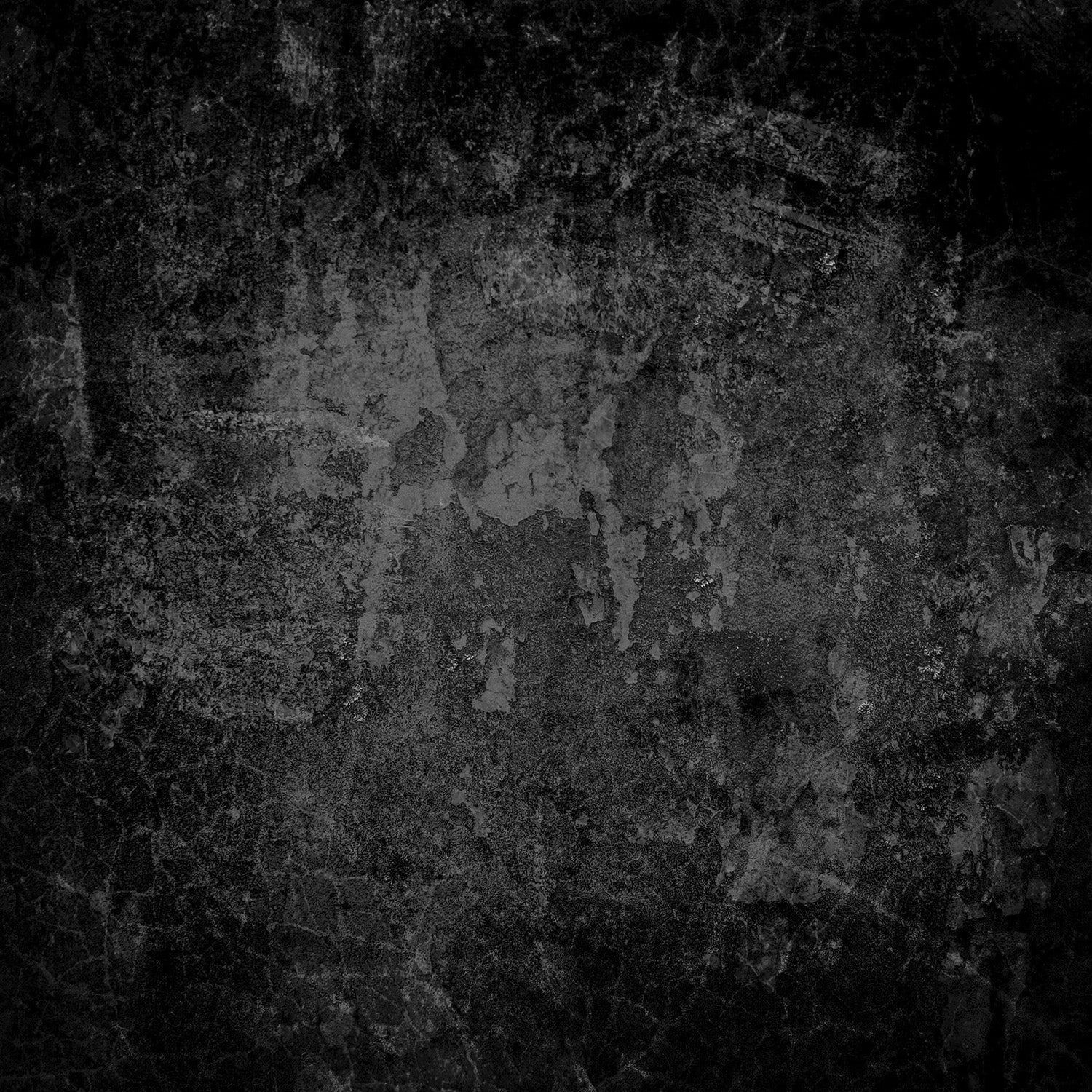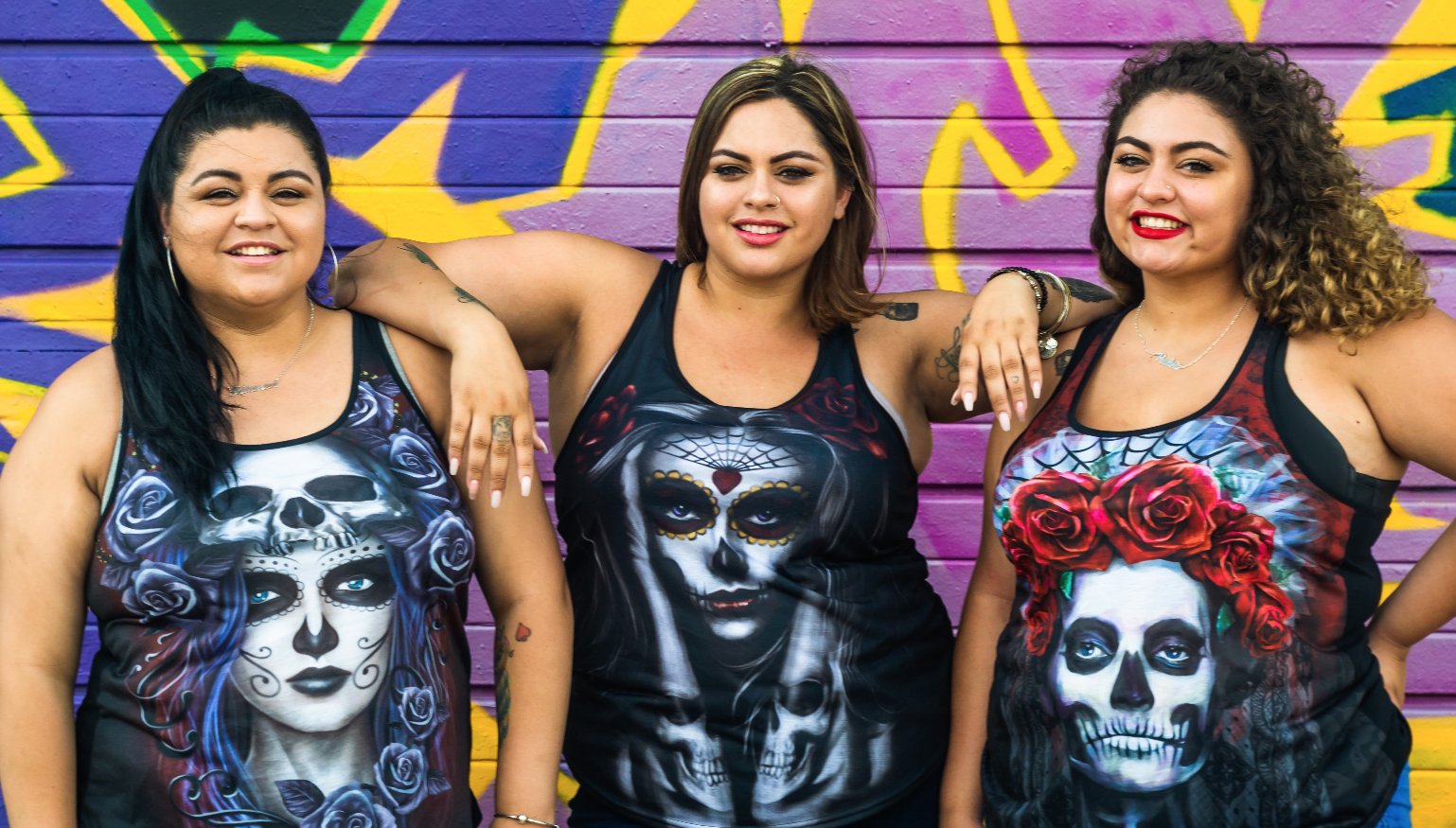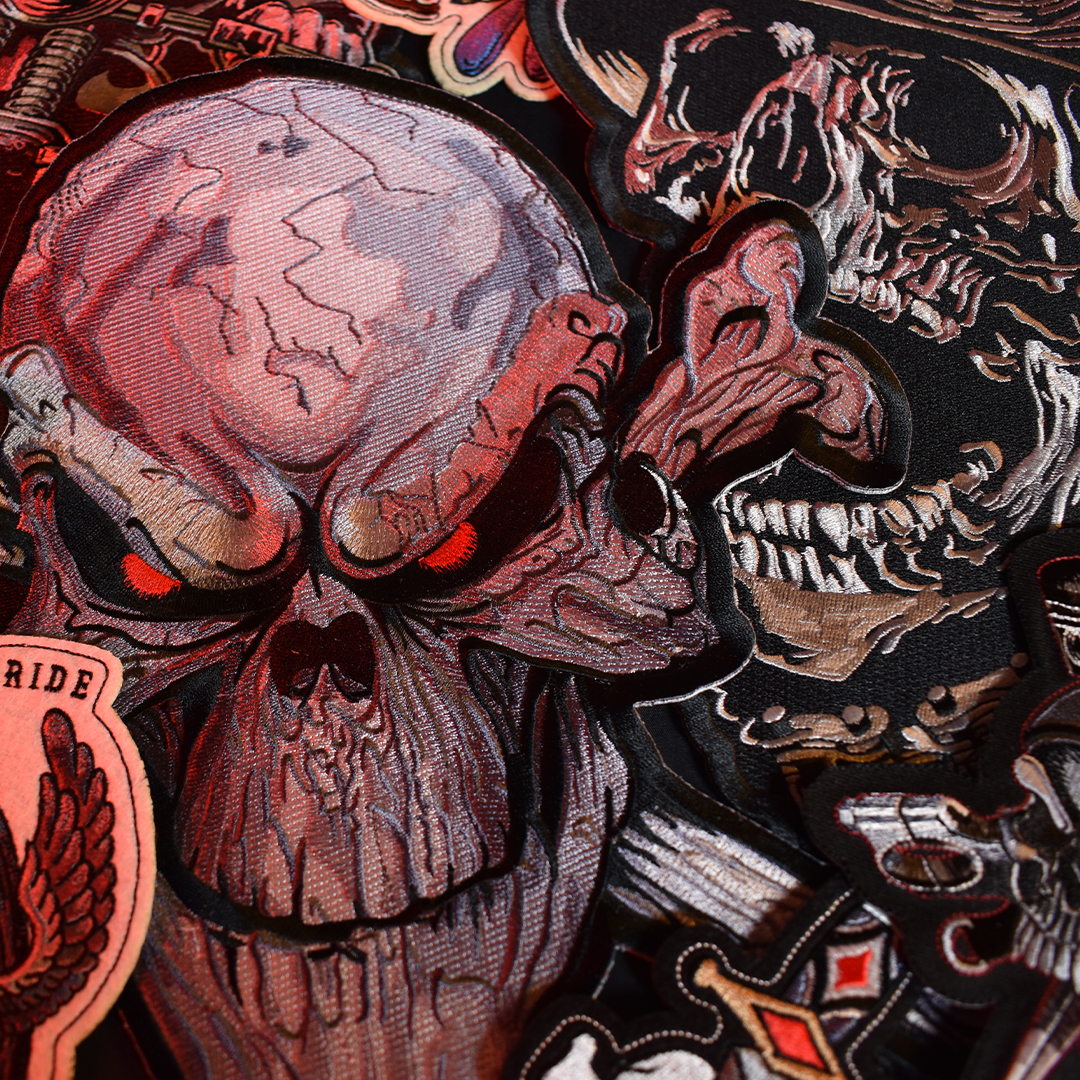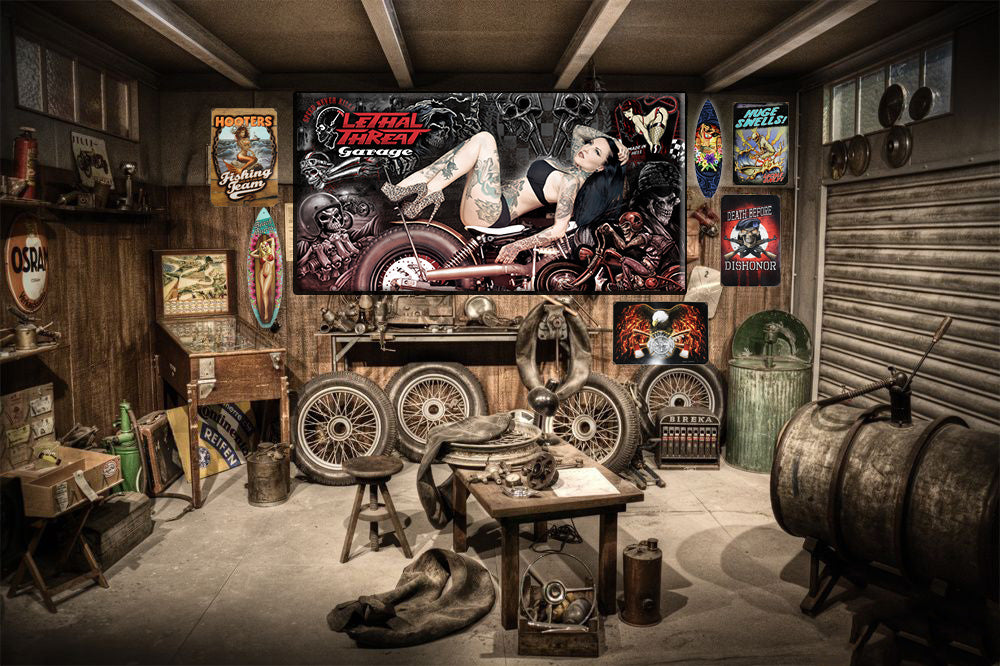El Día de los Muertos

Well folks, it’s that time of year once again — late October to early November, the mark of a sacred holiday. Originating in Mexico, but now observed around the world, the Day of the Dead (or el Día de los Muertos in Spanish) is a festive commemoration of those who have passed on from this life. Unlike most holidays of this nature, the Day of the Dead isn’t just a melancholy reminder of days now gone. Instead, the day is meant to be a joyous celebration of the times spent with the deceased, and a way to continue paying respects to keep their memory alive.

Often, decorations are placed on an altar to those who are being honored, be it a personal belonging, or a hand-made ornament. One of the most common items are calaveras, or sugar skulls. Even if you don’t celebrate the Day of the Dead, these skulls probably look familiar to you as they’ve become a staple of the Halloween season, and have secured a place in the whole of pop culture.
Typically featuring a dazzling color palette and vivid designs, sugar skulls can be dated as far back as the 15th century, with production techniques remaining almost exactly the same across that time. Cane sugar is cast into a skull shaped mold, which is what gives them their name. Despite their material and candy colored designs, sugar skulls aren't meant to be eaten, just admired. Once the skulls are fully formed, a process that often takes anywhere from four to six months, they are then decorated with any combination of icing, feathers, beads, and a whole host of other art supplies. Some people even employ face paint to emulate the calaveras, a process in and of itself.

Beyond the traditional craft, some sugar skulls are made for eating, either with the established cane sugar, or from chocolate. There are also clay skulls made purely as a decoration, that while not hand crafted in the same way, still serve a decorative purpose for Day of the Dead functions. While the customary sugar skulls are less likely to be commonly found in the states, these more commercial skulls can be found in stores throughout the early fall season.

In popular culture, the distinctiveness of the sugar skull designs has been influential to film, art, and even the aesthetics of Halloween for many. Famous artist and political lithographer José Guadalupe Posada used calaveras satirically in his prints throughout the early 1900’s, that have since gone on to become incredibly influential in the world of cartoonists and political art at large. Possibly the biggest mark of sugar skulls’ influence on pop-culture comes from the 2017 animated Pixar film Coco, in which the visual characteristics of both the calaveras and the Day of the Dead are woven into the film’s imagery; many characters in the movie are even skeletons with decorative sugar skulls for faces!


This fall, whether you’ve participated in Day of the Dead celebrations before or not, consider learning more about the traditions. Who knows? Maybe you’ll end up with a sugar skull of your own to commemorate a loved one with.
Written by Josh Sandler















Leave a comment